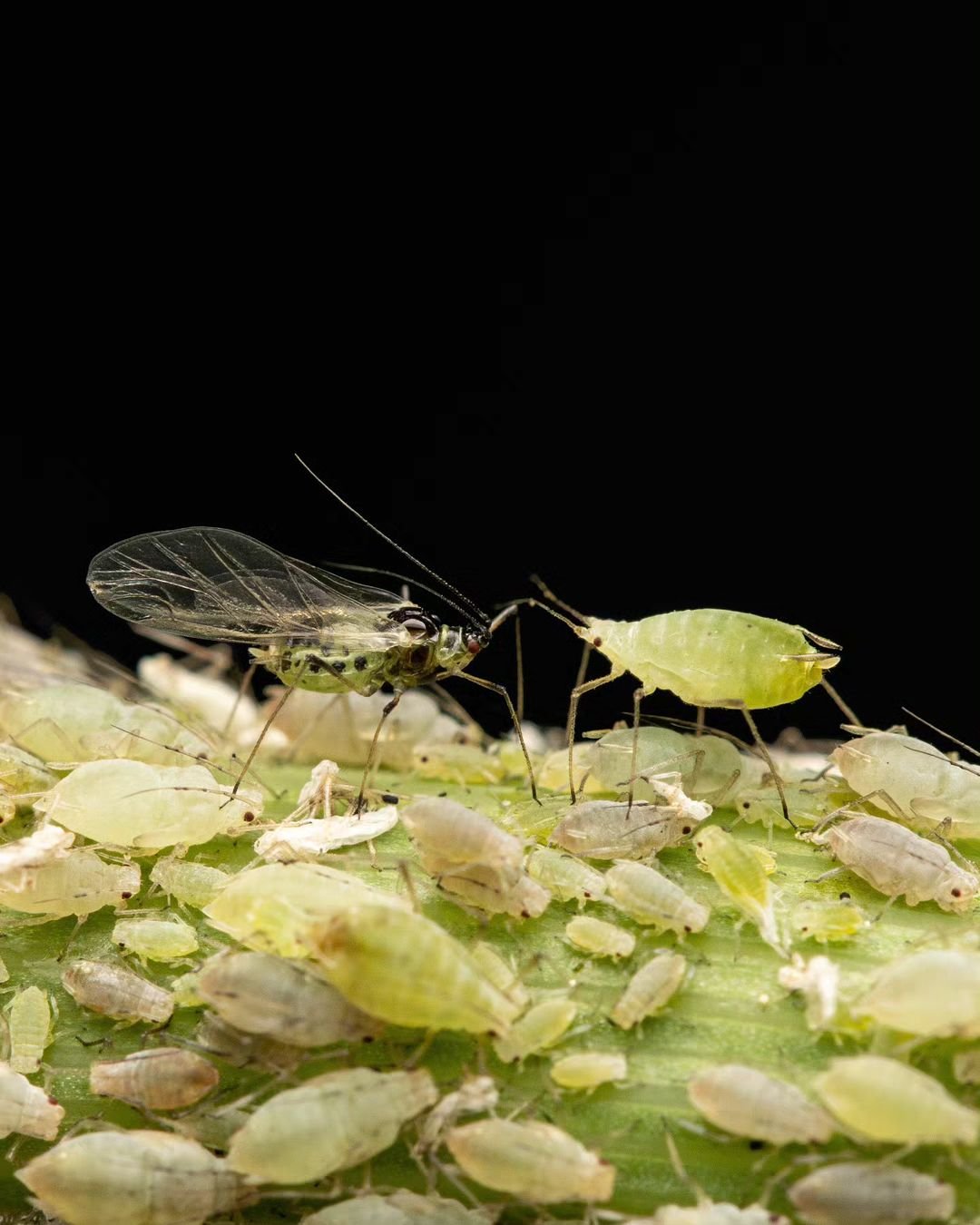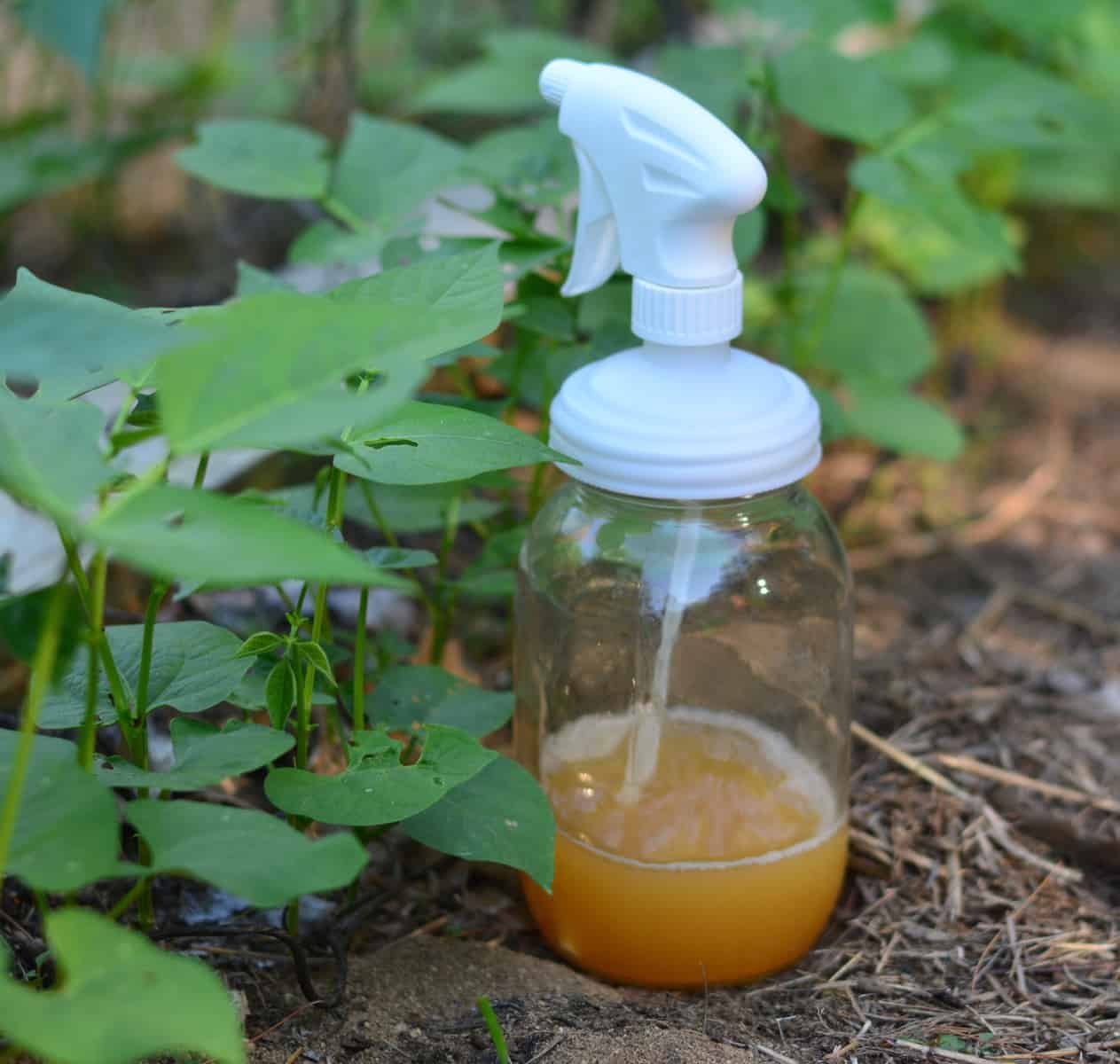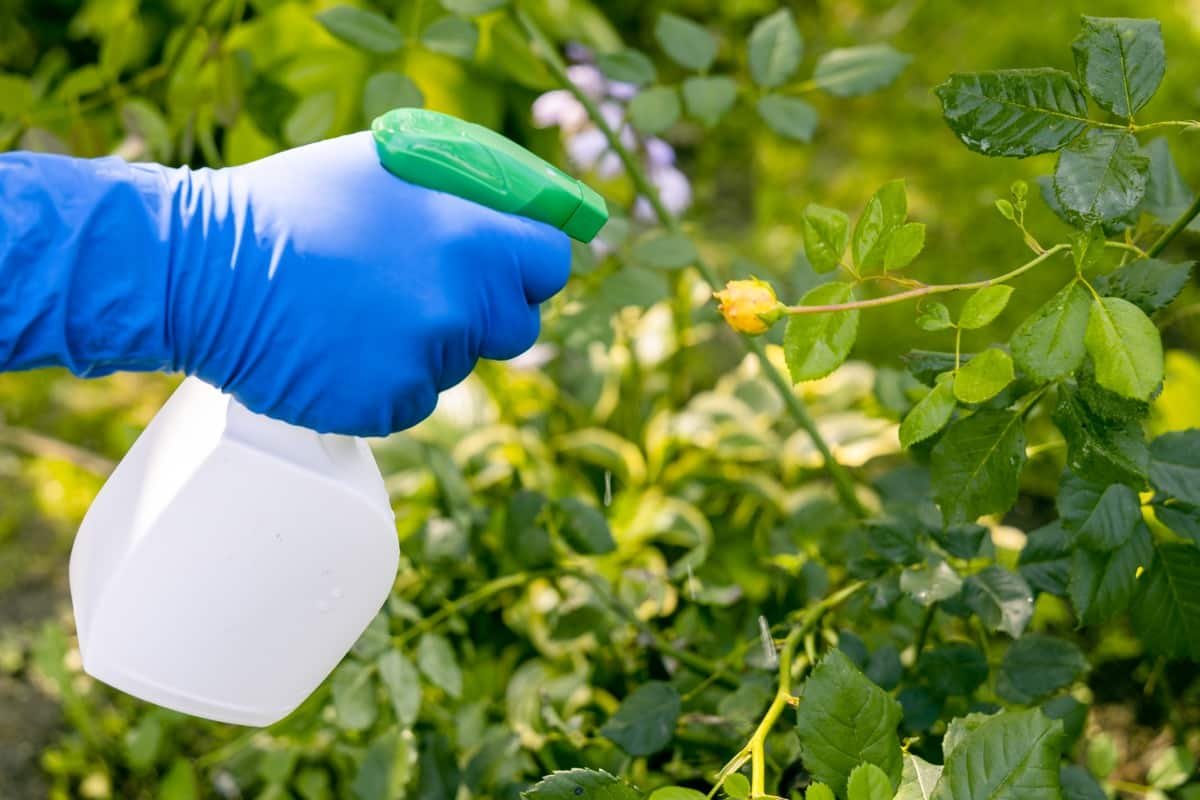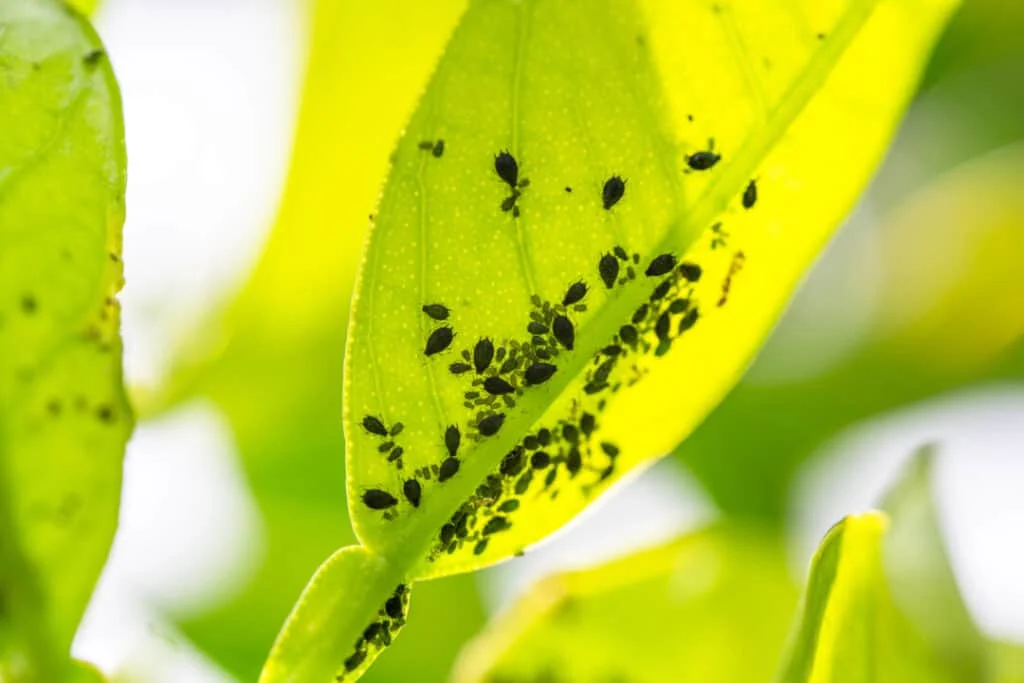Discover proven strategies to eliminate Aphids from your garden or houseplants effectively. This comprehensive guide covers natural and chemical methods for controlling these pesky pests, ensuring a healthy, aphid-free environment.
Aphids, those tiny, sap-sucking insects, can quickly become a gardener’s worst nightmare. These pests can infest a wide variety of plants, from vegetables and fruits to ornamentals and houseplants. Left unchecked, aphid infestations can stunt plant growth, cause leaf distortion, and even transmit plant viruses. That’s why it’s crucial to know how to get rid of aphids effectively.
In this complete guide, we’ll explore various methods for controlling aphids, including natural, organic, and chemical solutions. Whether you’re dealing with an outdoor garden infestation or an indoor plant problem, we’ve got you covered.
Understanding Aphids

Before diving into control methods, let’s take a closer look at these tiny pests.
Aphids are soft-bodied insects that come in a variety of colors, including green, yellow, black, and red. They range in size from 1/16 to 1/4 inch long and have piercing-sucking mouthparts that they use to feed on plant sap.
These pests can reproduce rapidly, with females giving birth to live nymphs without mating (a process called parthenogenesis). In fact, a single aphid can produce up to 12 offspring per day, leading to massive infestations in a short period.
Aphids are often found clustering on the undersides of leaves, stems, and flower buds, where they feed and excrete a sticky substance called honeydew. This honeydew can attract ants, which “farm” the aphids for their sugary excretions, and can also lead to the growth of sooty mold.
Natural and Organic Aphid Control Methods

For those who prefer eco-friendly or organic approaches, there are several natural methods to get rid of aphids:
- Water Spray: A strong blast of water from a garden hose can physically knock aphids off plants and disrupt their feeding. This method is best used in the early stages of an infestation.
- Insecticidal Soaps: These plant-based insecticides can effectively control aphids by disrupting their cell membranes. Look for products containing potassium salts of fatty acids.
- Neem Oil: Derived from the neem tree, neem oil is a natural insecticide that can suffocate and repel aphids. It’s safe for use on edible plants.
- Beneficial Insects: Encouraging predatory insects like ladybugs, lacewings, and parasitic wasps can help keep aphid populations in check naturally.
- Garlic Spray: A homemade garlic spray can deter aphids from feeding on your plants. Simply blend garlic cloves with water and a few drops of dish soap, then strain and spray on affected areas.
- Diatomaceous Earth: This powder made from crushed fossils can dehydrate and kill aphids on contact. Be sure to use a food-grade version and reapply after watering or rain.
Chemical Aphid Control Options

For severe infestations or situations where natural methods aren’t effective, chemical insecticides may be necessary. However, it’s important to use these products carefully and follow label instructions to avoid harming beneficial insects or the environment.
- Systemic Insecticides: These insecticides are absorbed by the plant and make the sap toxic to feeding aphids. Some common systemic insecticides include imidacloprid and dinotefuran.
- Contact Insecticides: As the name suggests, these insecticides kill aphids on contact. Examples include pyrethrins, bifenthrin, and malathion.
- Insecticidal Oils: Horticultural oils, such as neem oil or mineral oils, can suffocate and kill aphids while leaving minimal residues.
Remember, always read and follow the label instructions carefully when using any chemical pesticide, and take precautions to protect yourself, children, pets, and beneficial insects.
Preventing Future Aphid Infestations

While it’s important to address current aphid infestations, it’s also wise to take preventive measures to discourage future infestations:
- Monitor Plants Regularly: Check your plants frequently for signs of aphids, especially on new growth and the undersides of leaves.
- Clean Up Debris: Remove any fallen leaves, plant debris, or weeds where aphids might overwinter or find refuge.
- Attract Beneficial Insects: Plant flowers that attract predatory insects like ladybugs, lacewings, and parasitic wasps to your garden.
- Rotate Crop Locations: If you’re dealing with aphids in a vegetable garden, rotate crop locations each year to disrupt the aphid life cycle.
- Use Row Covers: Covering plants with floating row covers can physically exclude aphids and other pests while still allowing light, air, and water to reach the plants.
By combining preventive measures with effective control methods, you can keep aphid populations in check and protect your plants from these destructive pests.
Conclusion
Aphids may be tiny, but their potential for damage is significant. By understanding these pests and their behavior, you can take targeted action to control and prevent infestations. Whether you prefer natural, organic, or chemical methods, there are numerous strategies available to get rid of aphids effectively.
Remember, early detection and prompt action are key to minimizing the impact of aphids on your plants. With the right approach, you can enjoy a healthy, thriving garden or houseplant collection free from these pesky pests.
Pingback: How to Grow and Care for American Persimmons -
Pingback: Chrysanthemums: Growing, Care & Design Tips
Pingback: How to Get Rid of Aphids Indoor Plants - Back Gardener
Pingback: Foxgloves: The Complete Guide to Growing and Caring
Pingback: A Complete Guide to Growing and Caring for Citrus Trees
Pingback: Forsythia Flowers: Seasonal Care and Blooming Secrets
Pingback: Flax Flowers: Care and Maintenance for Vibrant Blooms
Pingback: Tulip Flowers Care: From Planting to Blooming Guide
Pingback: Blue Orchid Care 101: Water, Light & Growing Tips -
Pingback: Wisteria Flowers: A Gardener’s Guide to Cultivating a Breathtaking Vine
Pingback: Monstera Albo Care : Essential Tips for Healthy Growth
Pingback: Hyacinth Flowers: Essential Planting and Growing Tips